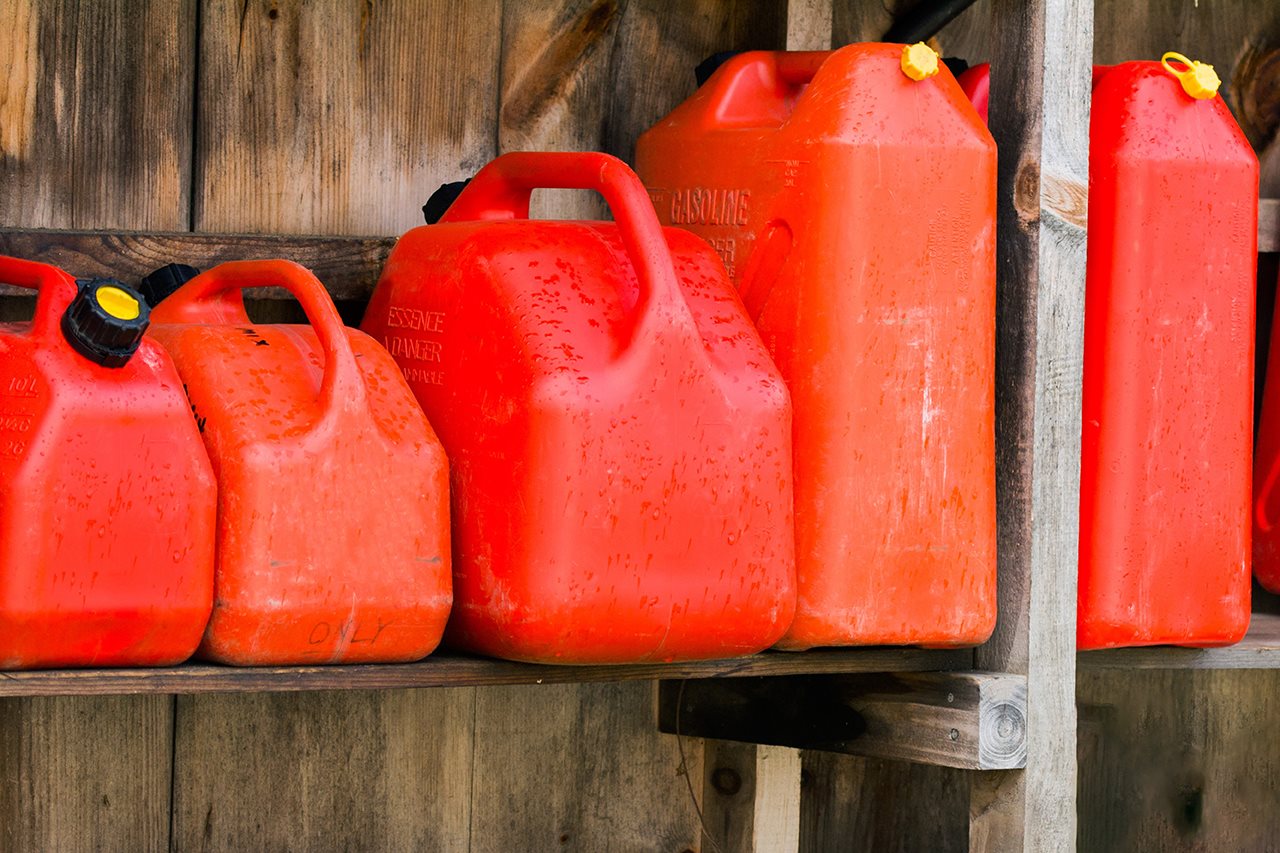

Articles
How To Store Gas Cans Outside
Modified: January 7, 2024
Learn effective ways to store gas cans outside in this informative articles.
(Many of the links in this article redirect to a specific reviewed product. Your purchase of these products through affiliate links helps to generate commission for Storables.com, at no extra cost. Learn more)
Introduction
Storing gas cans outside can be a practical solution for many individuals, whether it’s due to limited space in their garage or the need to keep flammable substances away from their home. However, it is important to handle this task with caution to ensure the safety of yourself, your property, and the environment.
In this article, we will guide you through the process of storing gas cans outside, covering important factors such as location selection, container choice, ventilation considerations, fire safety measures, securing the cans, labeling and organizing, as well as regular maintenance. By following these guidelines, you can safely store your gas cans outdoors and minimize the risk of accidents.
Before we dive into the details, it is crucial to stress the importance of following local regulations and safety guidelines regarding the storage of flammable substances. Familiarize yourself with any specific laws or restrictions in your area and ensure compliance to prioritize safety.
Now, let’s explore the key considerations when storing gas cans outside.
Key Takeaways:
- Safely store gas cans outside by choosing a well-ventilated, secure location away from ignition sources. Use approved containers, implement fire safety measures, and conduct regular maintenance to minimize risks and ensure compliance with local regulations.
- Prioritize safety and compliance when storing gas cans outside. Select suitable containers, ensure proper ventilation, implement fire safety measures, secure the cans, and maintain a well-organized storage area. Stay vigilant, conduct regular inspections, and address any maintenance needs promptly to maintain a secure and efficient storage setup.
Read more: How To Store Gas Cans
Location Selection
Choosing the right location is essential when it comes to storing gas cans outside. Consider the following factors to ensure a safe and convenient setup.
- Away from ignition sources: Select a location that is far away from any potential ignition sources, such as open flames, electrical outlets, and heat sources like grills or heaters. This will minimize the risk of accidental fires.
- Non-residential area: Ideally, find a place that is separate from residential buildings to prevent exposure to flammable substances. This can include sheds, storage containers, or dedicated outdoor storage areas.
- Well-ventilated area: Look for a location that allows proper ventilation to dissipate any gasoline vapors. This is crucial to prevent the accumulation of potentially harmful fumes.
- Out of reach of children and pets: Ensure that your chosen location is not easily accessible to children or pets. Consider installing locks or child-proof mechanisms to secure the area.
- Easy access: While safety is paramount, it’s also important to choose a location that is easily accessible to you. This will make refilling and using the gas cans more convenient.
Once you have identified a suitable location, move on to selecting the right containers for storing the gas.
Container Choice
When storing gas cans outside, the choice of containers is crucial for maintaining the integrity of the fuel and ensuring safety. Here are some factors to consider when selecting the appropriate containers:
- Approved containers: Use only containers that are approved for gasoline storage. Look for containers that are specifically designed and certified for this purpose, typically labeled with “flammable” or “gasoline” markings. Avoid using makeshift containers that may not be sturdy or leak-proof.
- Material: Opt for containers made of high-density polyethylene (HDPE) or metal. HDPE containers are lightweight, durable, and resistant to corrosion, while metal containers provide extra strength and protection against impact.
- Size: Consider the volume of gasoline you need to store. Choose containers that can accommodate your gas requirements without overfilling. It’s important to leave enough space for expansion due to temperature changes.
- Sealing mechanisms: Ensure that the containers have a secure sealing mechanism to prevent leakage of gas or vapors. Look for containers with tight-fitting caps and reliable gaskets.
- Spout design: Check if the container has a spill-proof spout or nozzle. This will help minimize the risk of accidental spills or splashes during fuel transfer.
- UV resistance: If the containers will be exposed to direct sunlight, choose ones with UV resistance to prevent degradation and preserve the integrity of the container material.
Remember to inspect your containers regularly for any signs of damage or wear. Replace damaged containers immediately to ensure the safety of your stored gasoline.
Now that you have selected the appropriate containers, let’s move on to the next consideration: ventilation.
Ventilation Considerations
Proper ventilation is crucial when storing gas cans outside to minimize the risk of accumulated vapors and potential dangers. Consider the following ventilation considerations:
- Natural ventilation: Choose a well-ventilated area for storing your gas cans outside. A location with good air circulation will help dissipate any gasoline vapors and prevent them from reaching hazardous levels. Position the containers in an open area away from structures or objects that may inhibit airflow.
- Container spacing: Allow sufficient space between containers to promote airflow. Avoid crowding the containers together, as it can impede proper ventilation and increase the chances of vapor accumulation.
- Shelter considerations: If you choose to store your gas cans within a shelter or enclosed structure, ensure that it is adequately ventilated. Install vents or openings to facilitate the flow of fresh air and prevent the buildup of flammable vapors.
- Storage cabinets: If you prefer an additional layer of protection, use storage cabinets specifically designed for the safe storage of flammable liquids. These cabinets typically have ventilation features to safely vent any vapors that may accumulate within the cabinet.
- Monitoring: Regularly monitor the area for any signs of vapor accumulation or unusual odors. If you notice any strong gasoline smell or signs of excessive vapor, it is important to address the ventilation issue and potentially relocate the gas cans to a better-ventilated area.
By ensuring proper ventilation, you minimize the risk of dangerous gas vapors building up around your stored gas cans. Next, let’s discuss fire safety measures to further protect yourself and your property.
Fire Safety Measures
When storing gas cans outside, it is crucial to prioritize fire safety to prevent accidents and minimize the potential for fire hazards. Here are some essential fire safety measures to implement:
- Fire extinguishers: Always have a working fire extinguisher nearby, preferably one that is rated for flammable liquid fires. Familiarize yourself with its operation and keep it in an easily accessible location.
- No smoking: Enforce a strict no-smoking policy in the area where the gas cans are stored. Smoking near flammable substances vastly increases the risk of fire and should be avoided.
- Keep ignition sources away: Ensure that all potential ignition sources, such as open flames, sparks, electrical equipment, and heat sources, are kept at a safe distance from the storage area. This includes grills, heaters, and any other devices that can produce sparks or heat.
- Fire barriers: Consider installing fire-resistant barriers, such as fire-resistant walls or screens, around the storage area to inhibit the spread of fire in case of an accident.
- Grounding: If you are using metal containers for storing gasoline, make sure they are properly grounded to prevent static electricity build-up, which can potentially ignite fuel vapors.
- Regular inspections: Inspect the storage area regularly for any potential fire hazards. Check for leaks, damaged containers, or any other signs of deterioration or risk. Address any issues promptly.
It’s important to educate yourself and your household members about fire safety measures and emergency procedures. Have a clear evacuation plan in place and ensure that everyone knows how to respond in case of a fire.
With proper fire safety measures in place, you can minimize the risk of accidents and protect yourself and your property from potential fire hazards. Next, let’s discuss securing the gas cans to prevent unauthorized access and potential accidents.
Store gas cans outside in a well-ventilated, shaded area away from direct sunlight and heat sources. Keep them upright and secure to prevent tipping. Check for any leaks or damage regularly.
Read more: How To Store A Gas Can
Securing the Gas Cans
Securing your gas cans is essential to prevent unauthorized access, tampering, and potential accidents. Here are some measures to consider when it comes to securing your gas cans:
- Lockable storage: If possible, store your gas cans in a lockable storage cabinet, shed, or container. This adds an extra layer of security and prevents unauthorized access, particularly if there are children or pets in the vicinity.
- Chain or cable lock: If a lockable storage option is not available, consider using a chain or cable lock to secure your gas cans. Loop the chain or cable around the handles or openings of the cans and anchor it to a fixed structure, such as a post or a heavy object.
- Secure mounting: If you have a designated area for storing your gas cans, consider mounting them securely to a wall or another stable surface. This prevents accidental tipping or knocking over of the cans.
- Visible deterrents: Use signs or labels to indicate that the area is secured and monitored. This can act as a deterrent for potential thieves or unauthorized individuals.
- Discreet location: If possible, store your gas cans in a discreet location that is not easily visible from the street or neighboring properties. This reduces the likelihood of attracting unwanted attention.
Remember to keep the keys to the locked storage or chain/cable lock in a secure and accessible place for authorized individuals. Regularly check the security measures and ensure they are intact and functioning properly.
Securing the gas cans not only prevents unauthorized access but also reduces the risk of accidental punctures, spills, or misuse. Next, let’s discuss the importance of labeling and organizing your gas cans.
Labeling and Organizing
Properly labeling and organizing your gas cans is essential for safety and efficiency. By implementing these practices, you can easily identify the contents of each container and ensure that they are stored appropriately. Here are some tips for labeling and organizing your gas cans:
- Clear labeling: Label each gas can with a clear and visible indication of its contents. Use waterproof and durable labels or tags that will not degrade over time.
- Date of purchase or refill: It is helpful to include the date of purchase or the date of the last refill on the label. This information will serve as a reference to monitor the freshness of the fuel and ensure that it is used within a reasonable time frame.
- Color coding: Consider using a color-coding system to differentiate between different types of fuel stored in the gas cans. This will help in quickly identifying the contents at a glance.
- Organizational system: Establish a clear organizational system for storing your gas cans. This can be as simple as assigning specific locations or shelves for different types of fuel. Keep similar fuel types together to avoid any mix-ups or confusion.
- Separate fuel types: If you are storing multiple fuel types, such as gasoline, diesel, or kerosene, ensure that they are stored separately. This prevents accidental mixing of incompatible fuels, which can cause damage to equipment or pose safety risks.
- First-in, first-out (FIFO): Practice the FIFO principle when using your stored fuel. Use the oldest fuel first to prevent degradation or spoilage. This ensures that your gasoline remains fresh and usable over time.
Regularly inspect the labels and organizational system to ensure they remain clear and intact. Update or replace labels as needed and make any necessary adjustments to the organization of your gas cans.
By implementing proper labeling and organizational practices, you can ensure easy identification of fuel types and maintain a well-organized storage area. Now, let’s move on to regular maintenance considerations.
Regular Maintenance
Regular maintenance is essential for the safe and effective storage of gas cans outside. By periodically inspecting and maintaining your gas cans and storage area, you can identify and address any potential issues and ensure the longevity of your equipment. Here are some key maintenance considerations:
- Check for leaks: Regularly inspect your gas cans for any signs of leaks or damage. Look for cracks, dents, or worn-out seals that may compromise the integrity of the containers. If you notice any leaks, immediately transfer the fuel to a new container and properly dispose of the damaged one.
- Clean the cans: Keep your gas cans clean and free from dirt, debris, or potential contaminants. Regularly wipe down the exterior and clean the spouts to prevent any build-up that can affect the functionality of the containers.
- Replace worn-out parts: Pay attention to the condition of the caps, gaskets, and spouts of your gas cans. Replace any worn-out or damaged parts to maintain proper sealing and prevent leakage.
- Check for corrosion: If you are using metal containers, regularly inspect them for signs of corrosion. Address any corrosion promptly to prevent structural damage to the containers.
- Inspect storage area: Periodically check the storage area for any signs of damage, deterioration, or hazards. Look for issues such as loose fittings, damaged shelves, or any potential fire hazards. Address these concerns accordingly.
- Dispose of old fuel: Gasoline has a limited shelf life, and over time it can degrade and become less effective. If you have stored fuel that is no longer usable, dispose of it properly and safely according to local regulations.
Regular maintenance not only ensures the safety of your stored fuel but also improves its overall quality and usability. By conducting routine inspections and addressing any maintenance needs, you can have peace of mind knowing that your gas cans and storage area are in optimal condition.
With proper maintenance in mind, let’s wrap up this guide on storing gas cans outside.
Conclusion
Storing gas cans outside requires careful consideration of various factors to ensure safety, compliance with regulations, and peace of mind. By following the guidelines outlined in this article, you can safely store your gas cans outdoors and minimize the risk of accidents, damage, or environmental harm.
From choosing the right location and appropriate containers to implementing proper ventilation, fire safety measures, and securing the gas cans, each step plays a crucial role in maintaining a safe storage setup. Additionally, labeling and organizing the gas cans, as well as conducting regular maintenance, will further enhance the efficiency and longevity of your storage system.
Remember to always prioritize safety and comply with local regulations regarding the storage of flammable substances. Familiarize yourself with any specific laws or restrictions in your area, and ensure compliance to protect yourself, your property, and the environment.
By taking the necessary precautions and following the guidelines outlined in this article, you can confidently store your gas cans outside while reducing the risk of accidents and ensuring the safe and effective use of your stored fuel.
Stay vigilant, conduct regular inspections, and address any maintenance needs promptly to maintain a secure and efficient storage setup. With proper care and attention, you can safely store gas cans outside and have immediate access to fuel whenever needed.
Remember, safety should always be the top priority when handling flammable substances like gasoline. Take the necessary precautions, stay informed, and enjoy the convenience of storing gas cans outside responsibly.
Frequently Asked Questions about How To Store Gas Cans Outside
Was this page helpful?
At Storables.com, we guarantee accurate and reliable information. Our content, validated by Expert Board Contributors, is crafted following stringent Editorial Policies. We're committed to providing you with well-researched, expert-backed insights for all your informational needs.

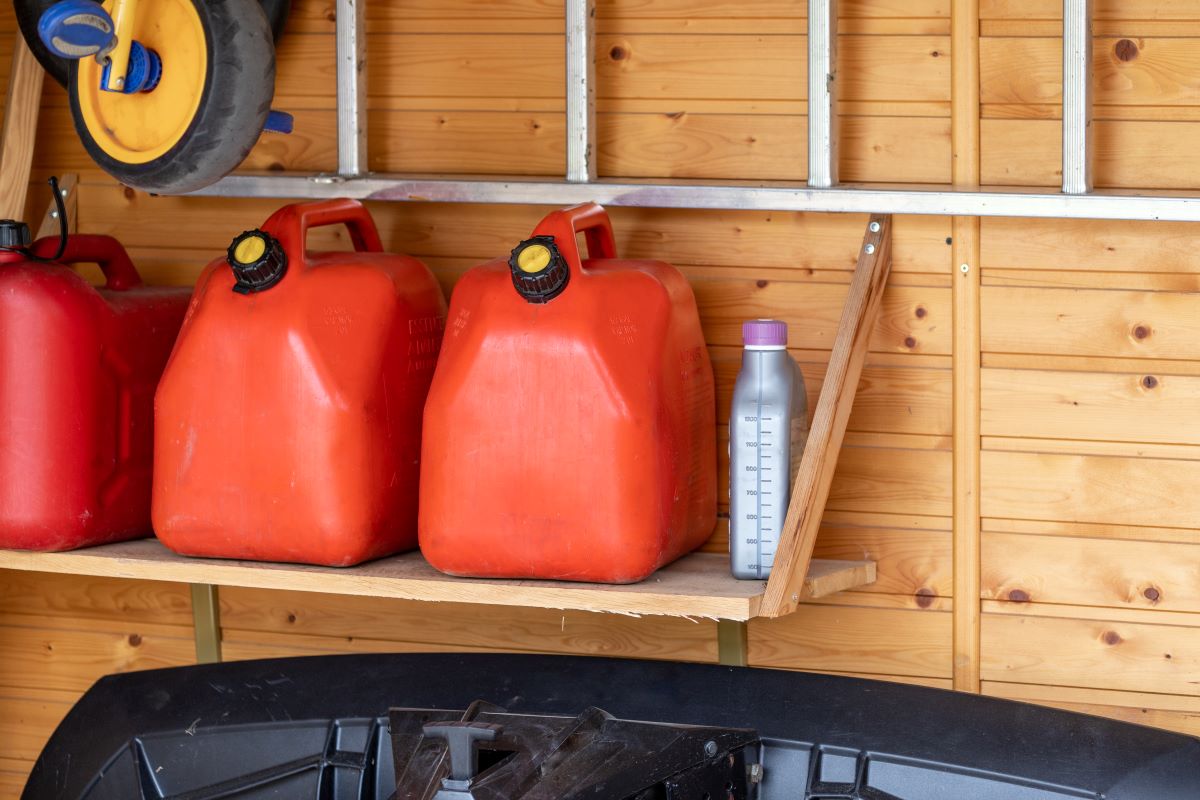
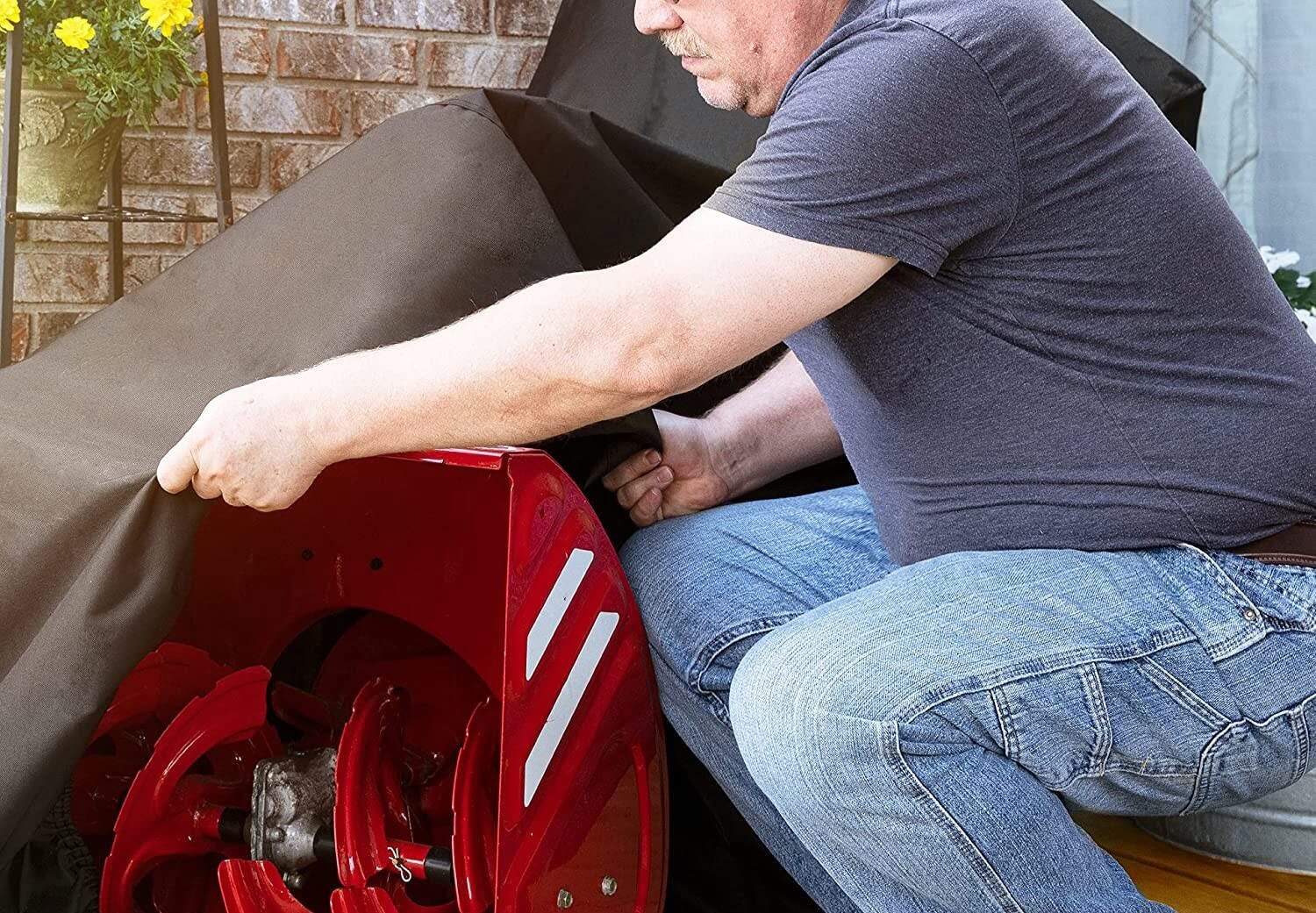
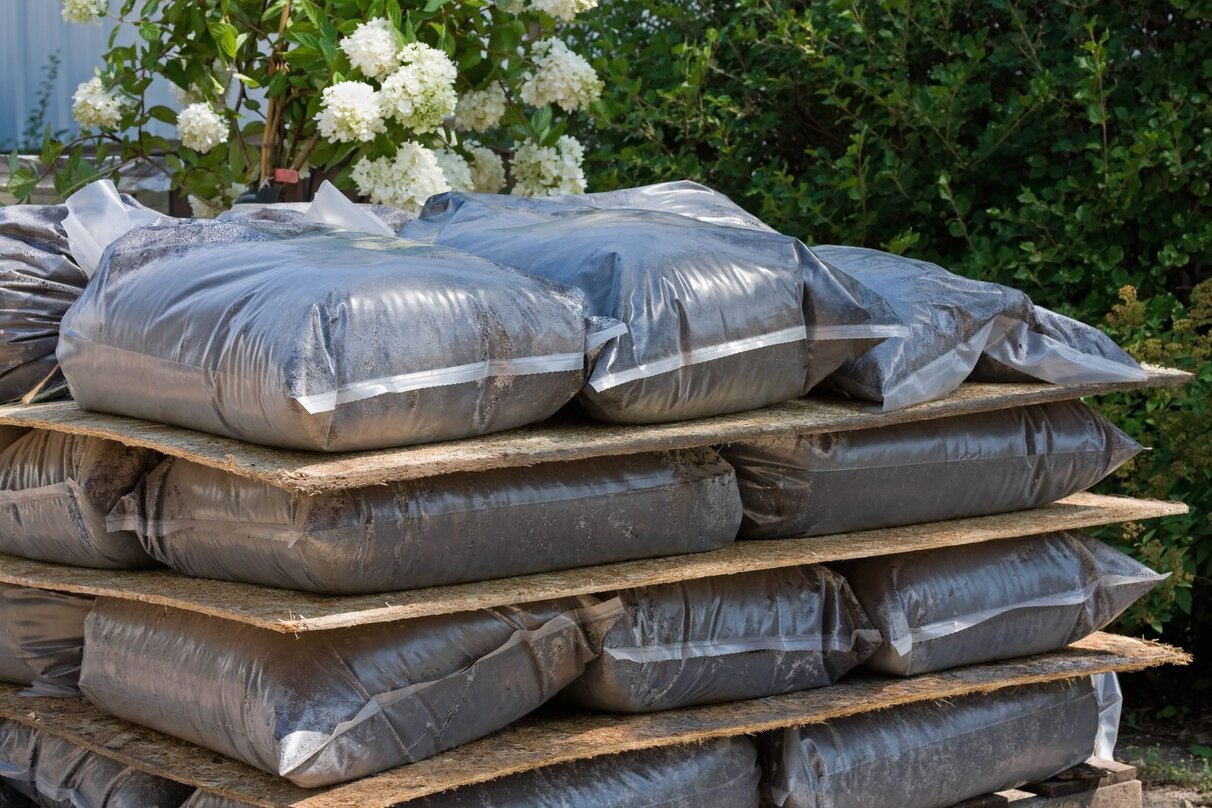

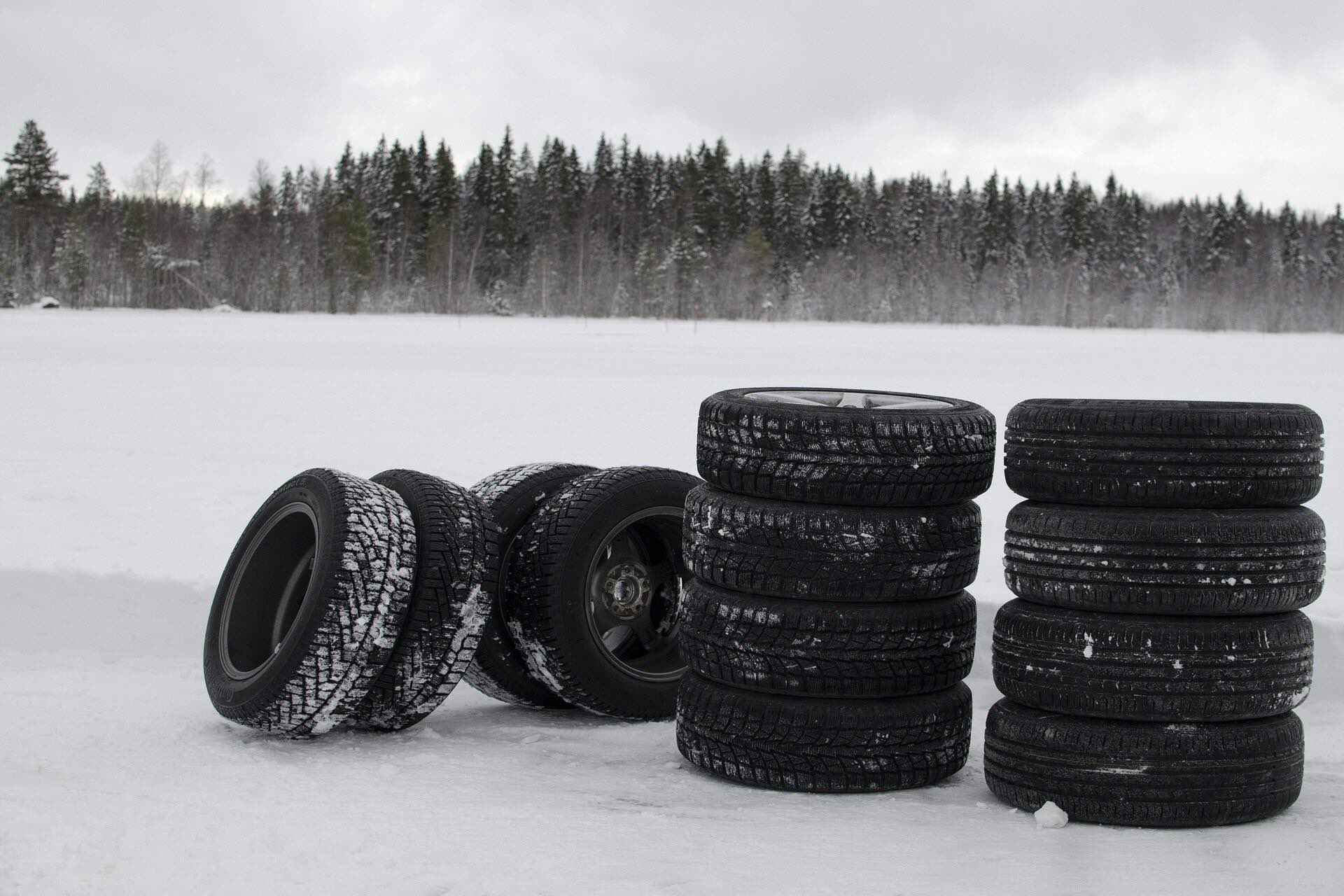
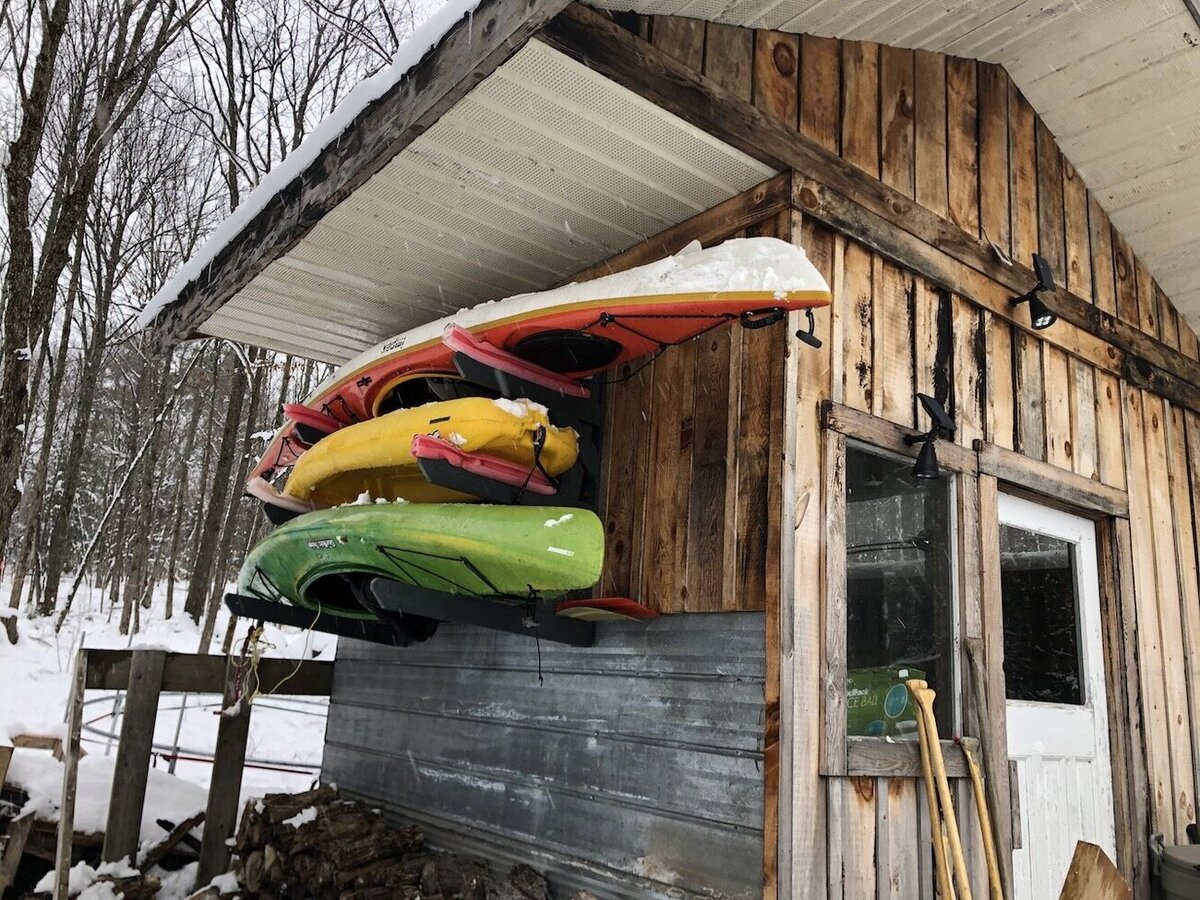
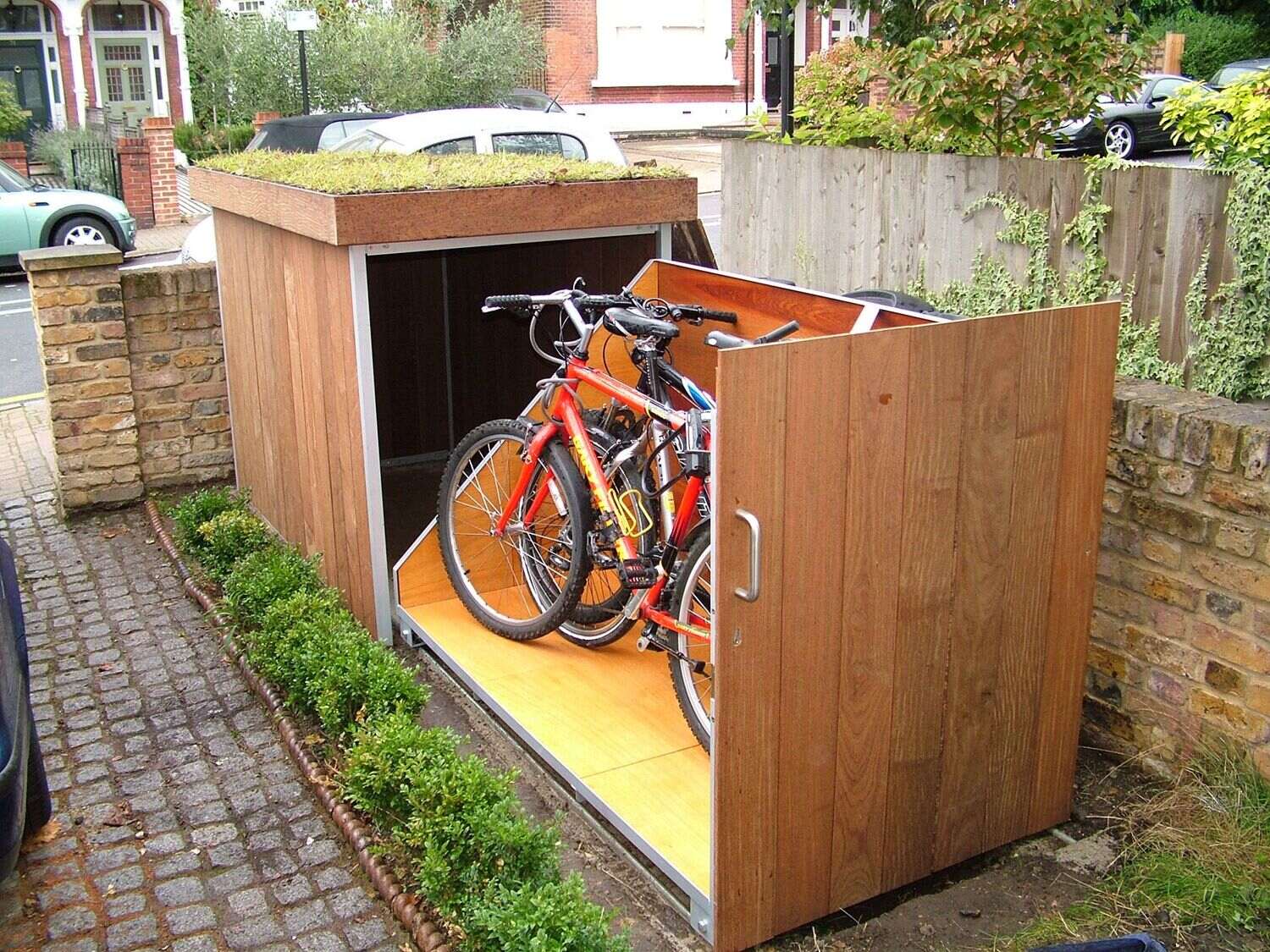
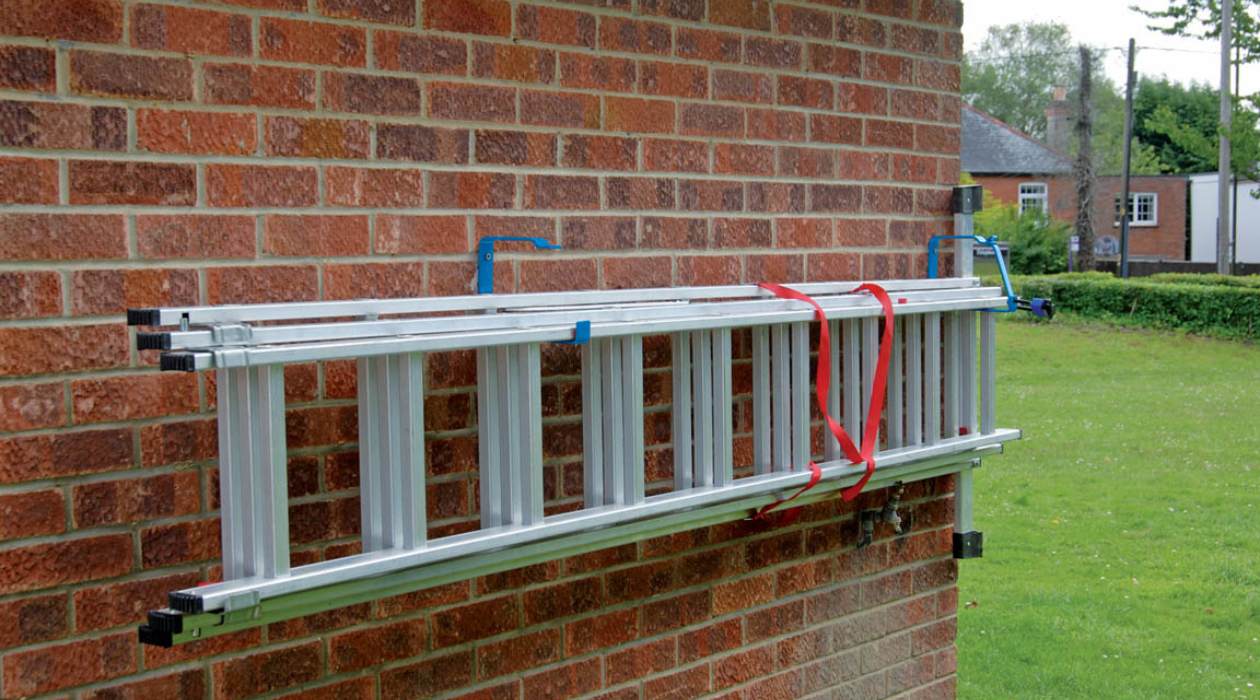
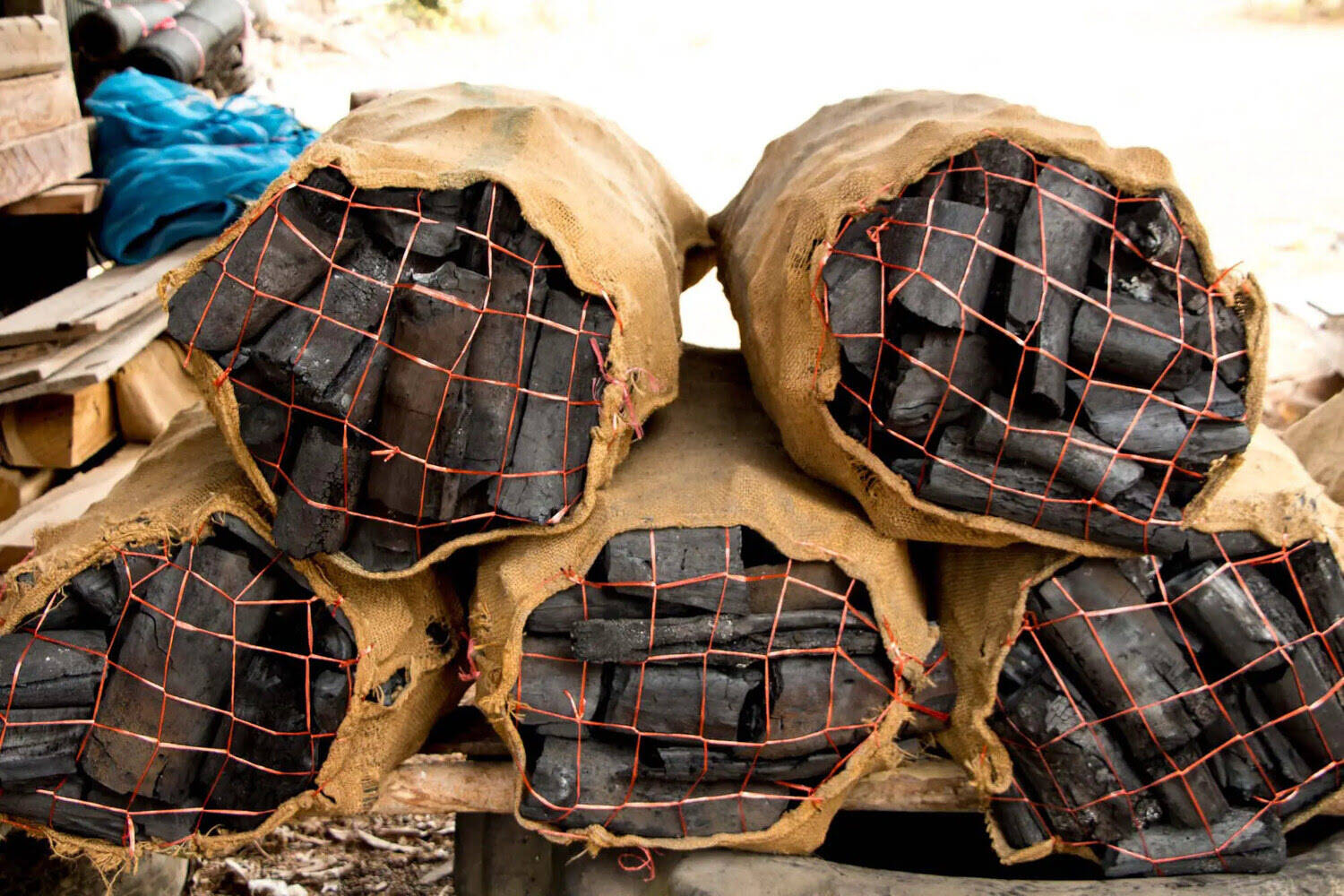
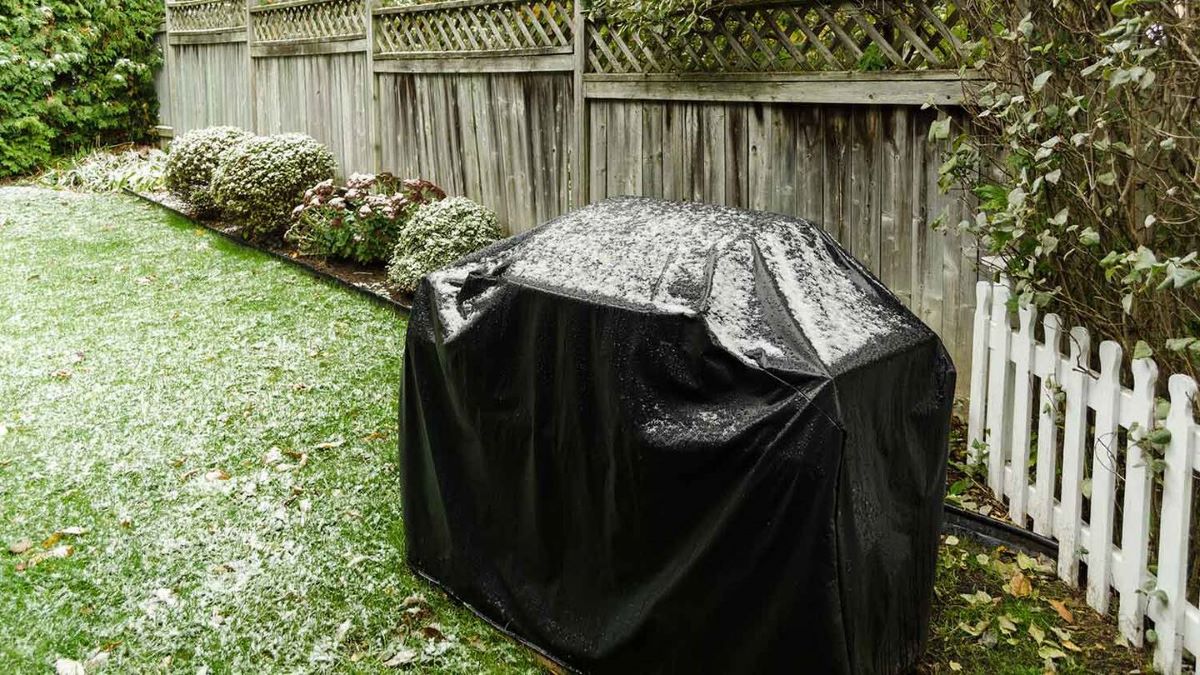
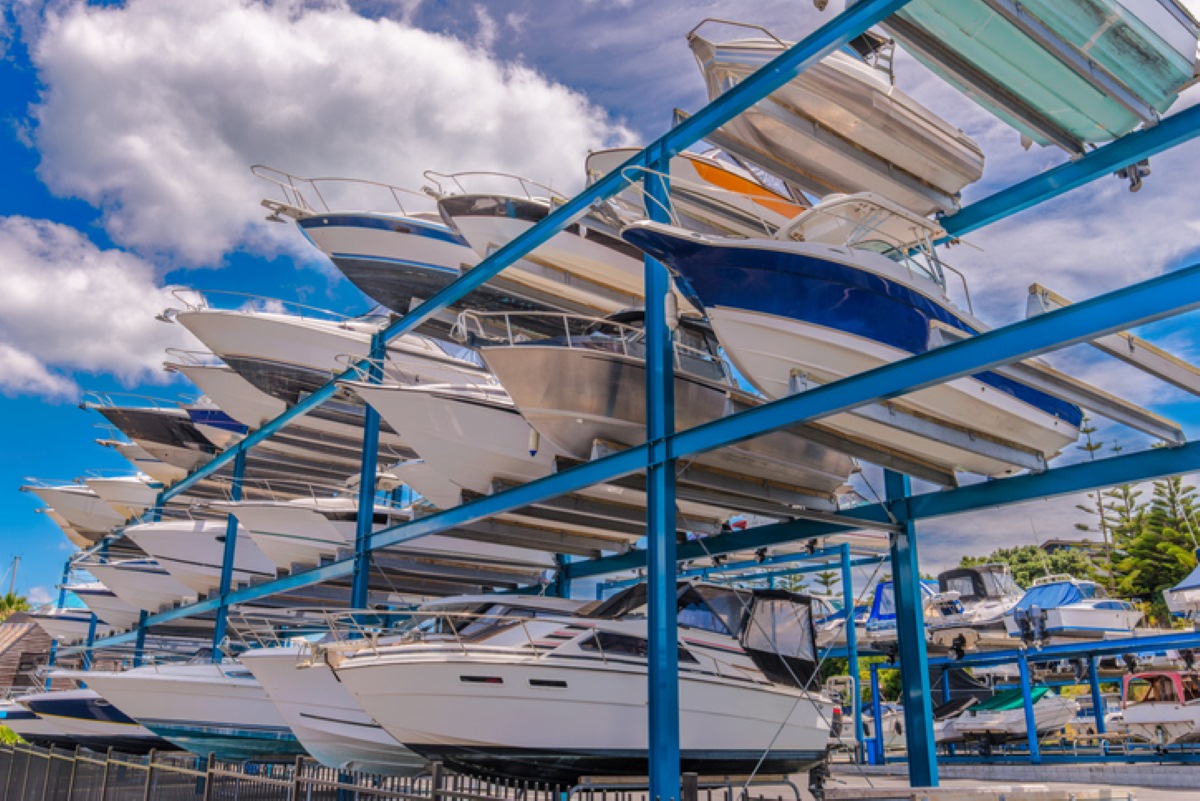
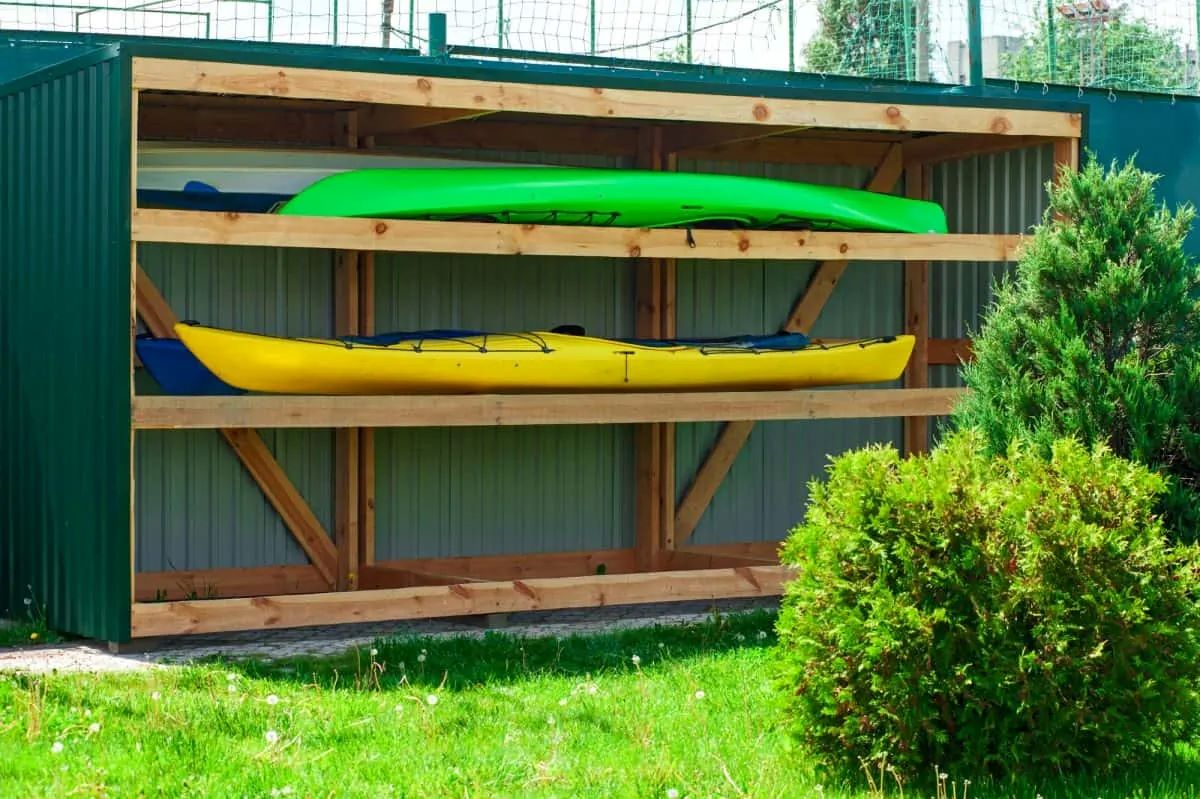
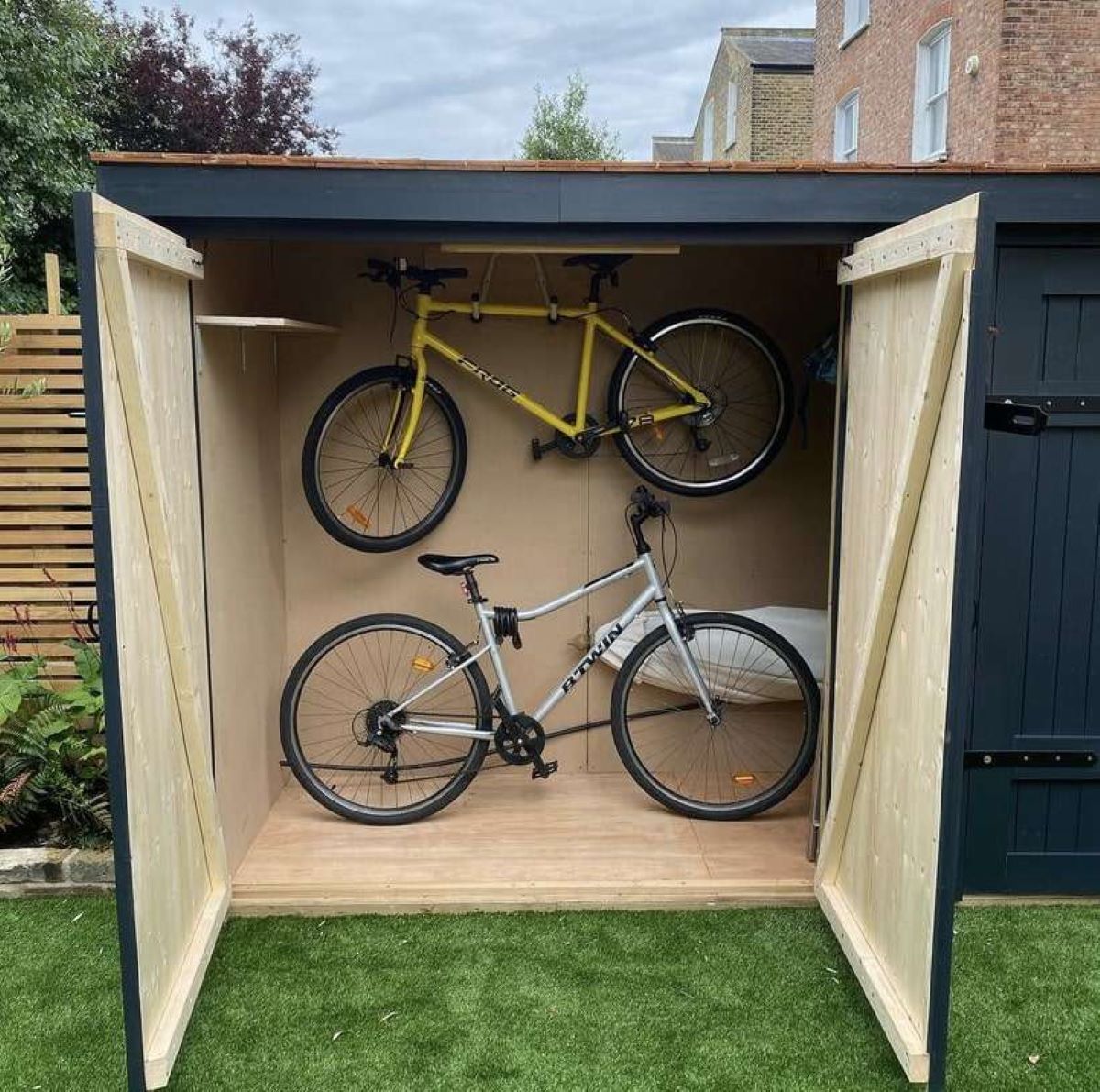

0 thoughts on “How To Store Gas Cans Outside”